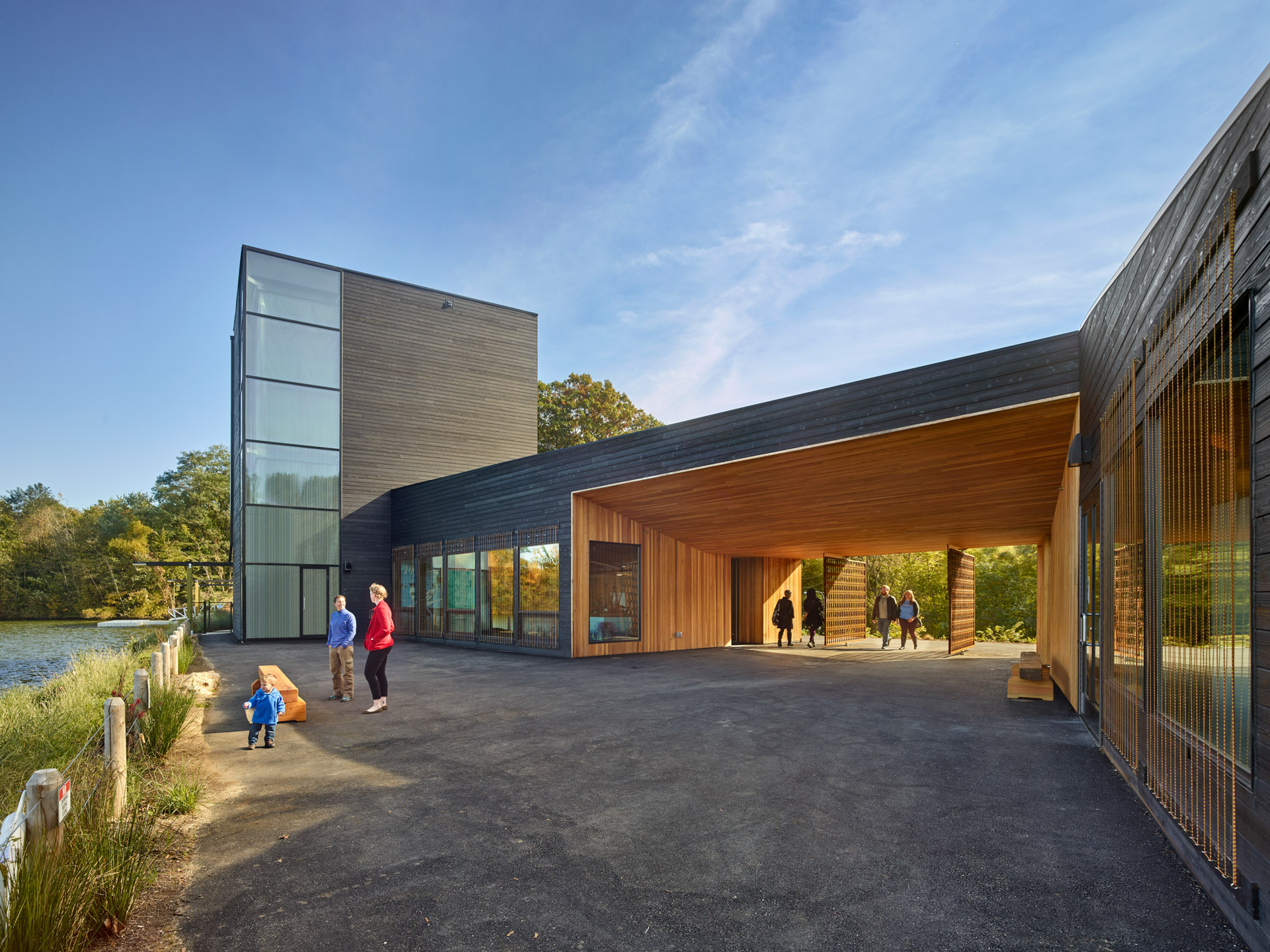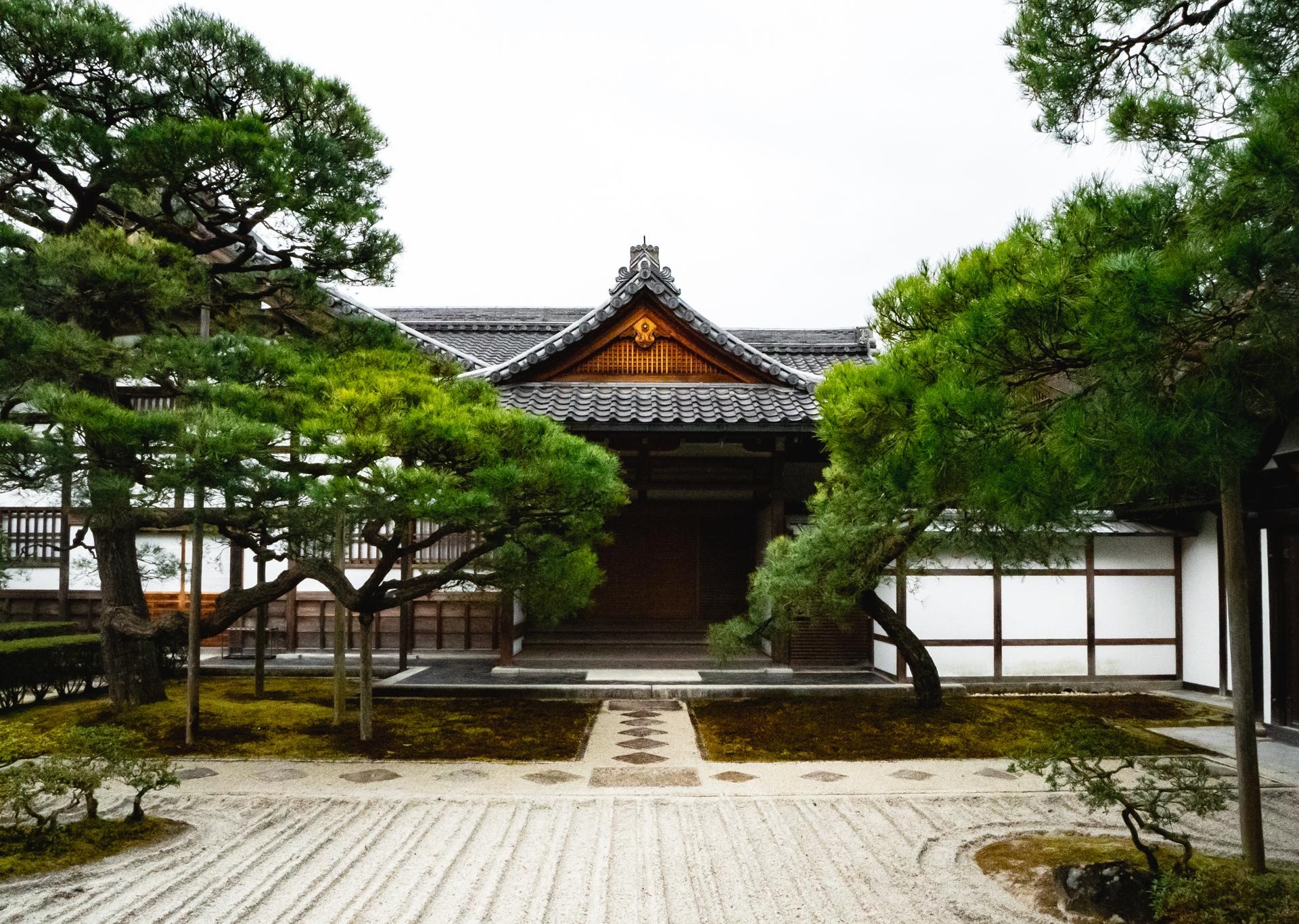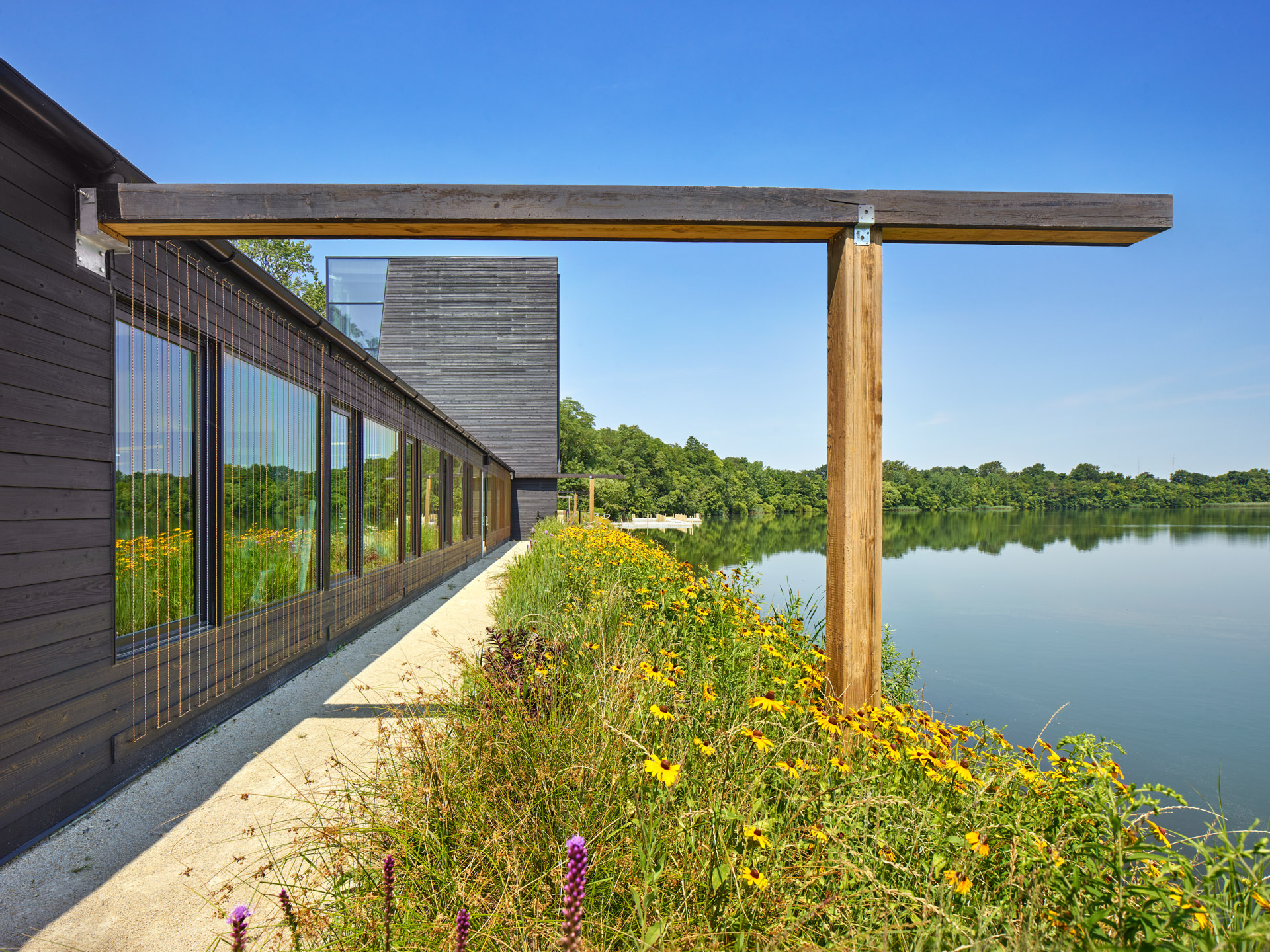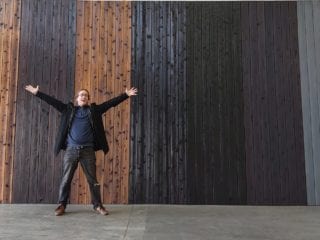Biophilic Design (and wood)
What is Biophilic Design?
Biophilia is the human love of nature. Biophilic design is the practice of consciously incorporating materials or spaces that reinforce our relationship with the living world into the built environment. The basic premise is that we are genetically and culturally adapted to interact with other living things. Therefore if natural materials, plants, or views are part of our surroundings we will be healthier both physically and emotionally.
The term “biophilic” was coined by Erich Fromm in the early 1970’s and has been followed by a period of architectural reflection. Modern engineered construction materials such as concrete, steel, and plastics are foreign to us as living things but have come into common use. Confined spaces, rooms without natural light, extraordinarily wide open spaces, or bright colors also make humans uncomfortable.
Since the beginning of city life biophilic design has been around, keeping our consciousness in harmony with the natural world. Humans tend to over-engineer and overbuild, so the concept must be consciously brought into discourse in order to keep our built environment healthy for us. Think about large commercial and institutional buildings, transportation infrastructure, or the space age design movement of the last 75 years.

The Entire Array of Benefits, both Epicurean and Stoic
Biophilic design obviously offers health benefits to us. Whether lots of windows bringing in natural light and a view for emotional happiness, or indoor plants giving us oxygen, or wood and plaster materials being highly insulative yet breathable, benefits are obvious. But the environmental, economic, and social benefits certainly should not be overlooked either.
All of these subjects are inherently linked, though this is difficult to keep in perspective while treading water in our social and work lives. Sustainability is defined as stability over the long term, and stability is a basic goal of planning in economics, commerce, and society. Biophilic design is a fancy academic term to point out the obvious: that we are part of the natural world and it will be to our benefit to respect and follow this premise for the sake of ourselves and future generations.
Only in the last two centuries with the boom of the industrial revolution have humans collectively been uprooted from nature and forced to spend so much time in inhumane factories or aseptic institutions. We live in bubbles of air conditioning and heat, wear plastic clothing and lugs or heels, and are owned by a virtual reality screen world. This has obviously alienated us from our true place of deep connection with the natural world. And with the healthy, natural design trend gaining momentum it is yet again being brought to mass consciousness. How many of our customers are looking for something organic to make their project warmer and counteract all the concrete and glazing?
Millennials for example are very aware of the environments in which we live and work. A modern trend is that one of the first things millennials buy for our living spaces is not a pet or furniture, but plants! This is because we see the value of living in our ancestral environments and we attempt to recreate them in our modern context.

Overpopulation and Climate Change are Pushing Biophilic Design
Rapid human population growth and a consumptive lifestyle are causing an intimidating array of environmental collapse. The Anthropocene has brought habitat destruction, massive species die-off, and loss of biodiversity in all biomes. Erosion of top-soil, desertification, and uncontrolled forest fires are degrading our land. Polar ice melt is causing sea level rise, threatening coastal real estate worldwide within this generation. Ocean acidification, dead zones, and over-fishing show how the oceans are being degraded. Extreme weather patterns and now new diseases are affecting us too.
The goal of biophilic design is not only healthy living on a household level, it is a conscious association to our place in the web of life in order to mitigate the tragedy of the commons.
Our Industry is Part of the Solution
Timber production and wood building materials are such an overlooked benefit to society, at Nakamoto Forestry we want to point it out to everyone all day every day. It is not only a visual aesthetic, wood actually has fantastic sustainability. For example, wood siding has 15x the insulation value of cement board siding, lessening one of the largest drivers of energy consumption. And with global warming an existential crisis, the fact that timber production and the use of wood building materials is a massive carbon sink should bring our industry front and center to every construction project.
A carbon sink is anything that has a net absorption of carbon dioxide (the main greenhouse gas) from the atmosphere. Through conscious timberland management and simply due to the nature of lumber, our process captures two pounds of carbon for every pound of siding we produce. Humanity has put enormous amounts of carbon into the atmosphere, causing the planet to warm. Essentially, we are slowly cooking ourselves alive like a frog in boiling water. The use of wood as a construction material is one part of the solution. It is healthy on so many levels.





Leave a Reply